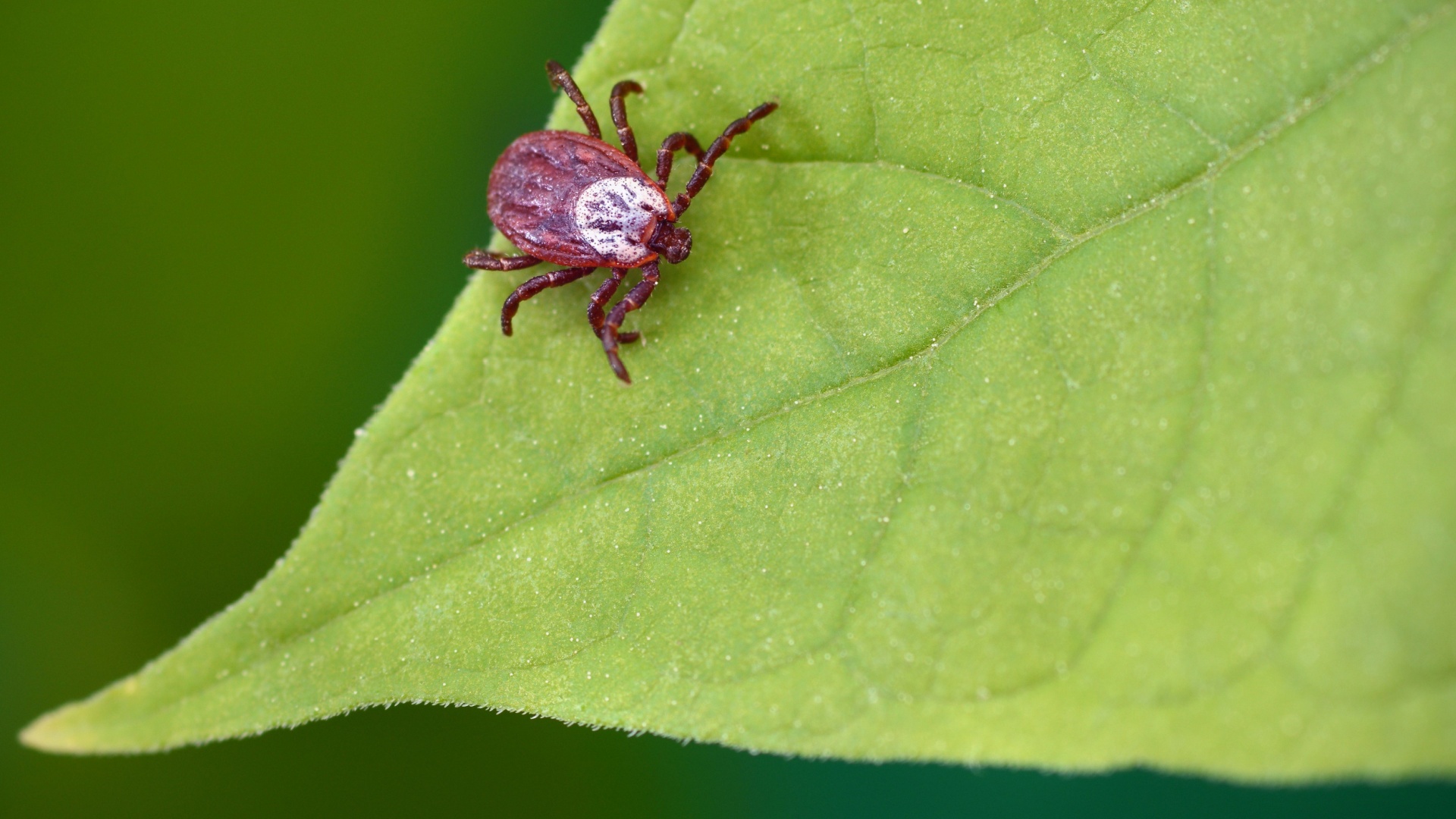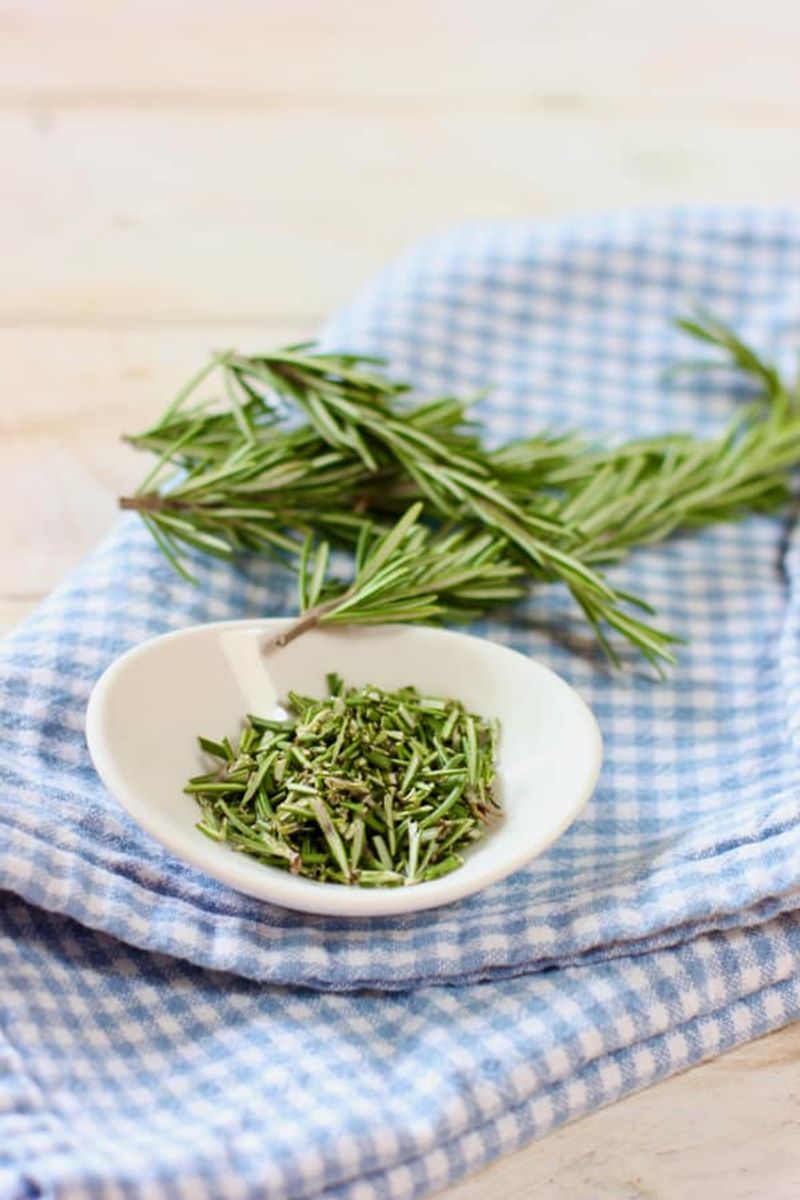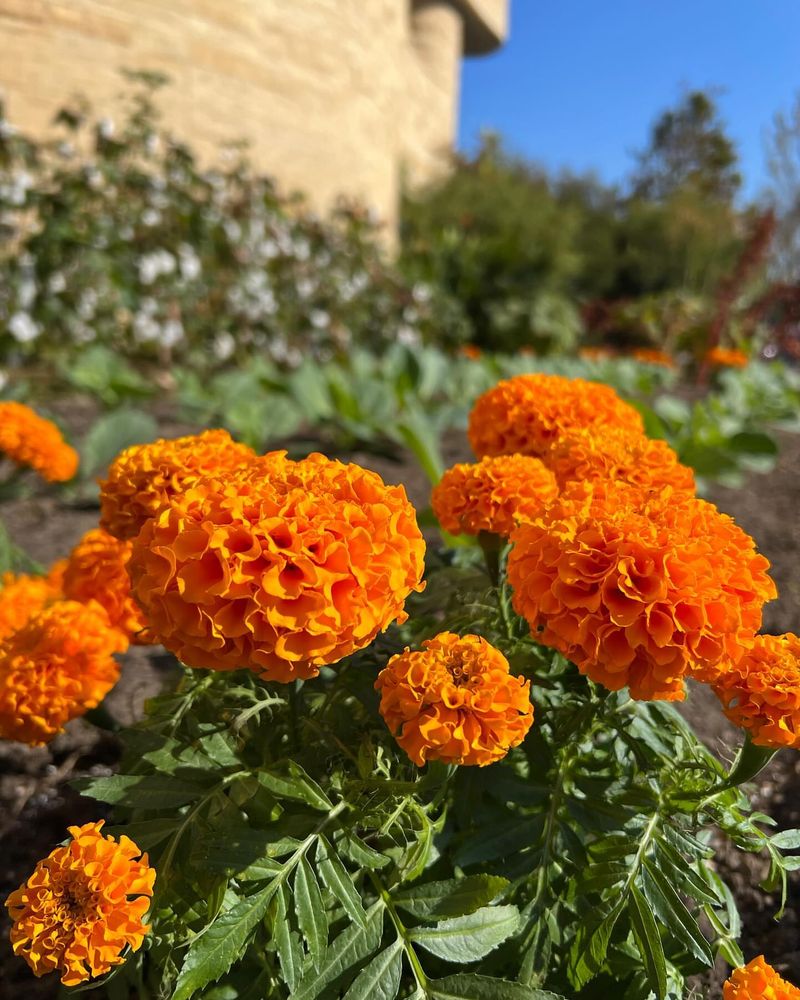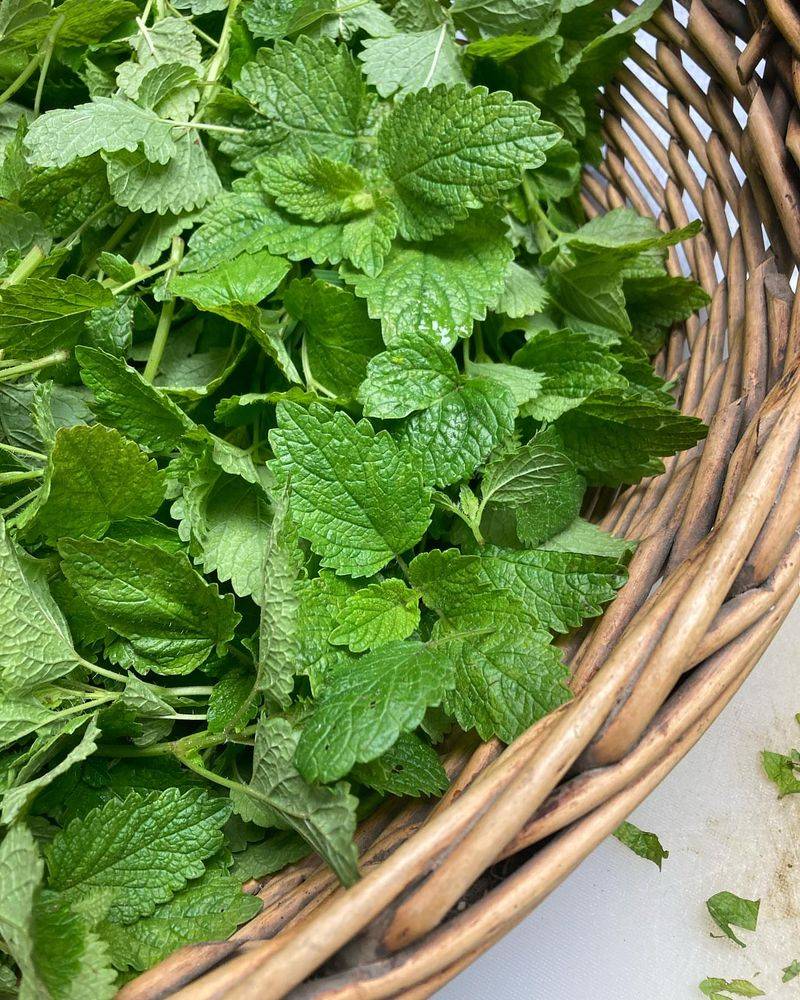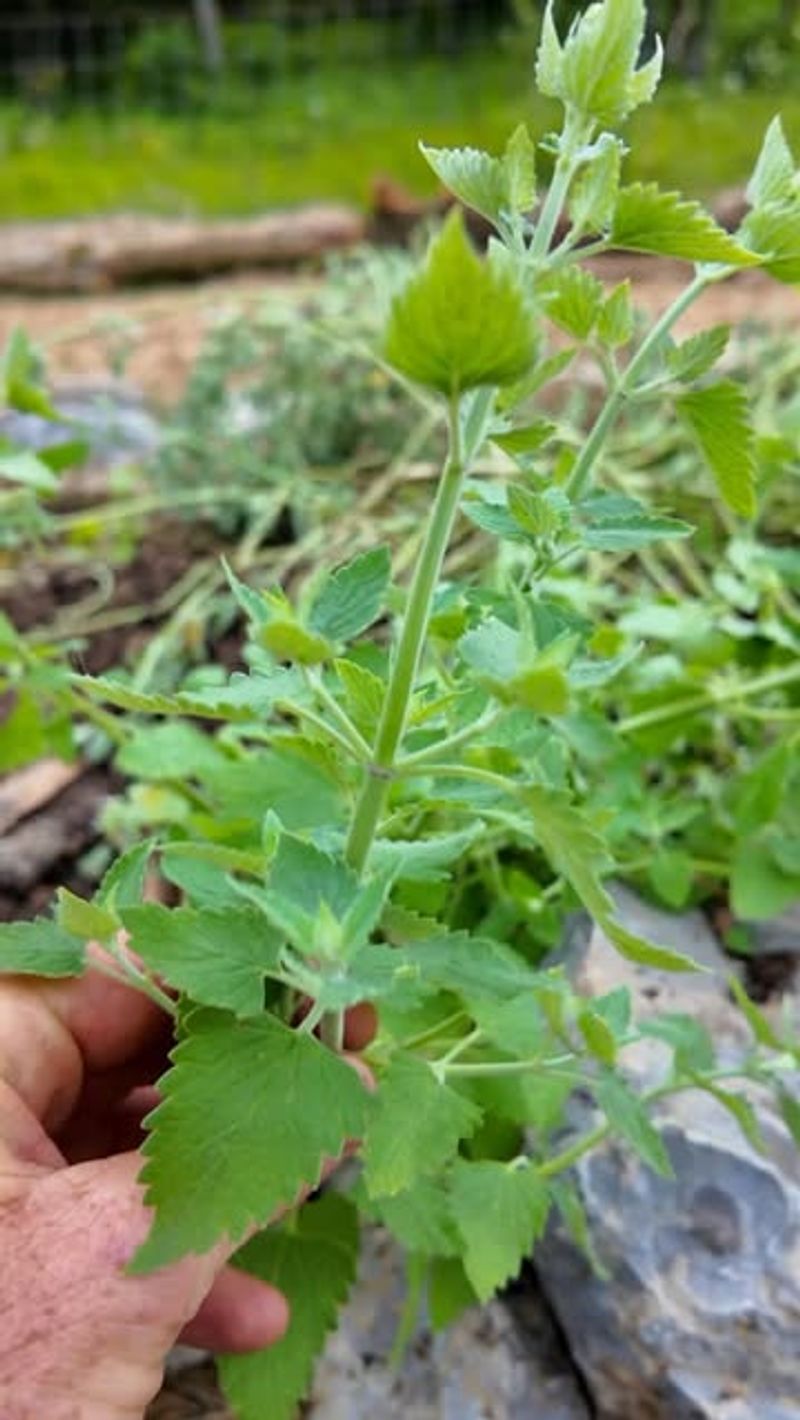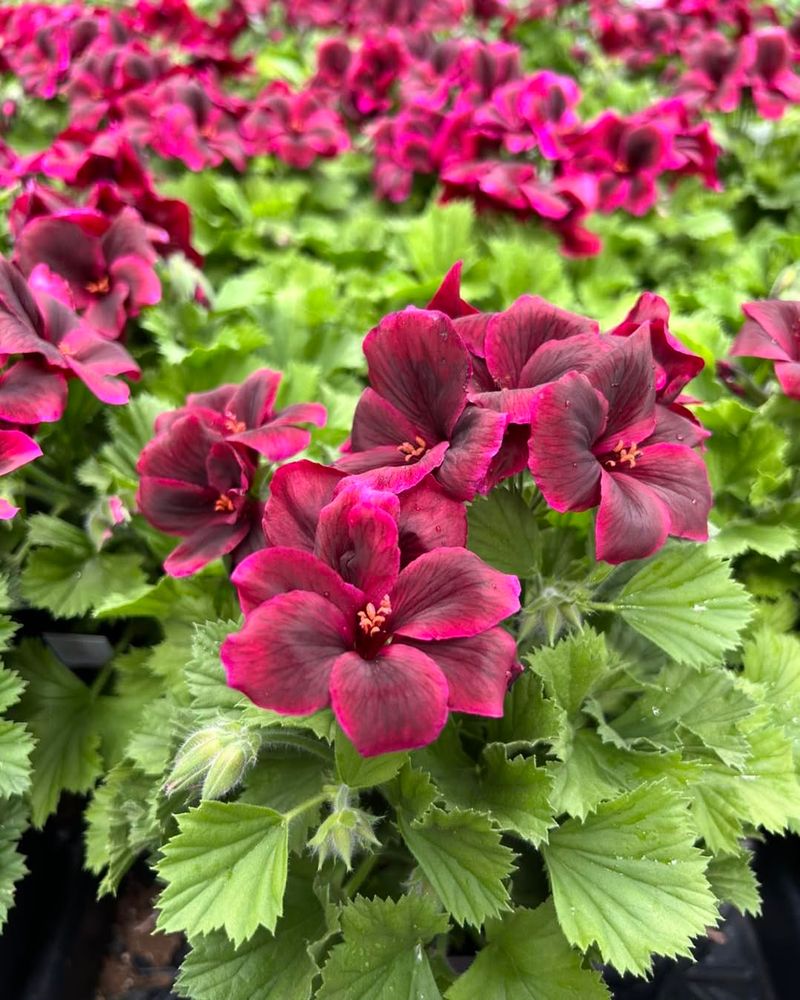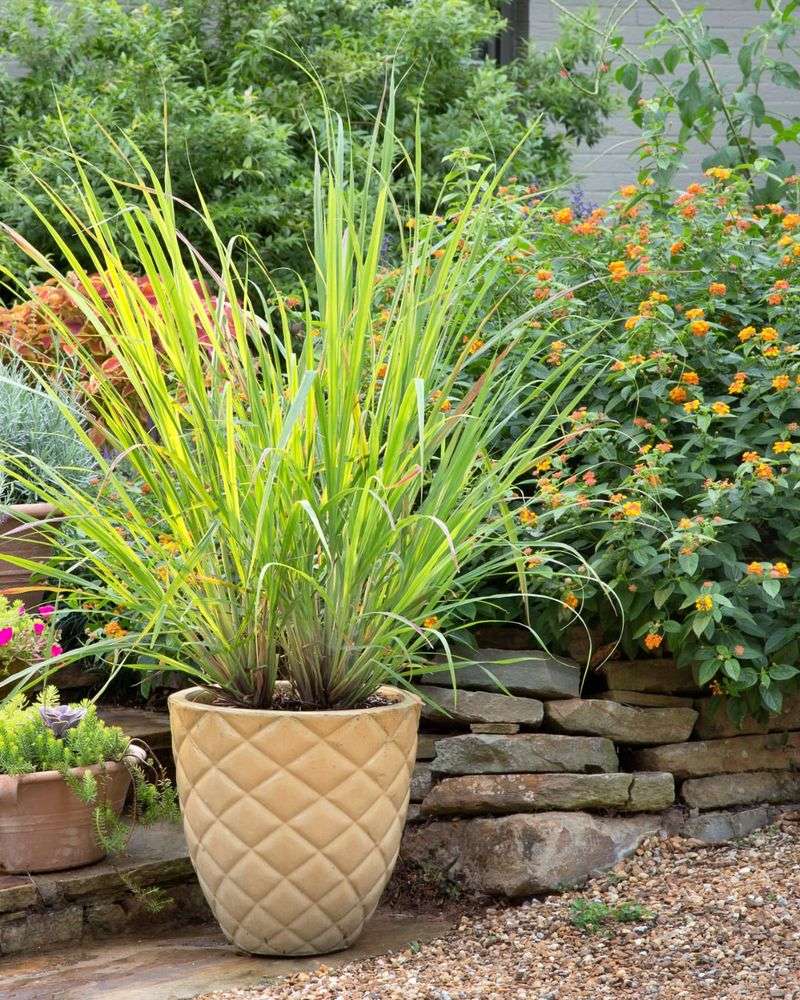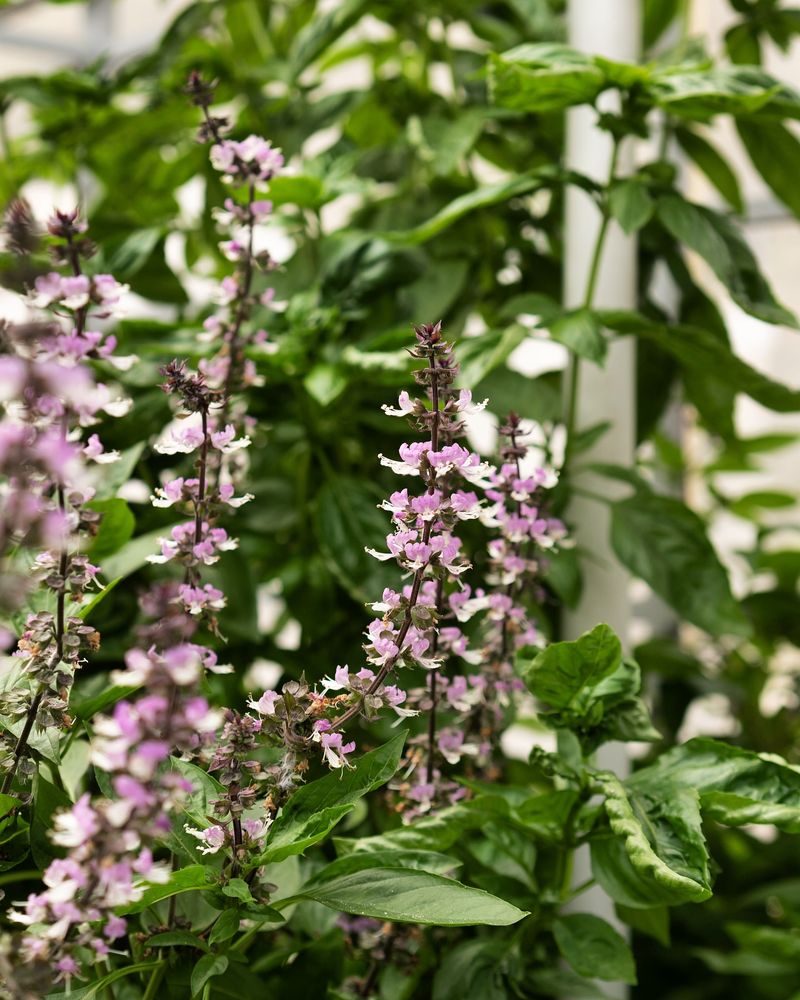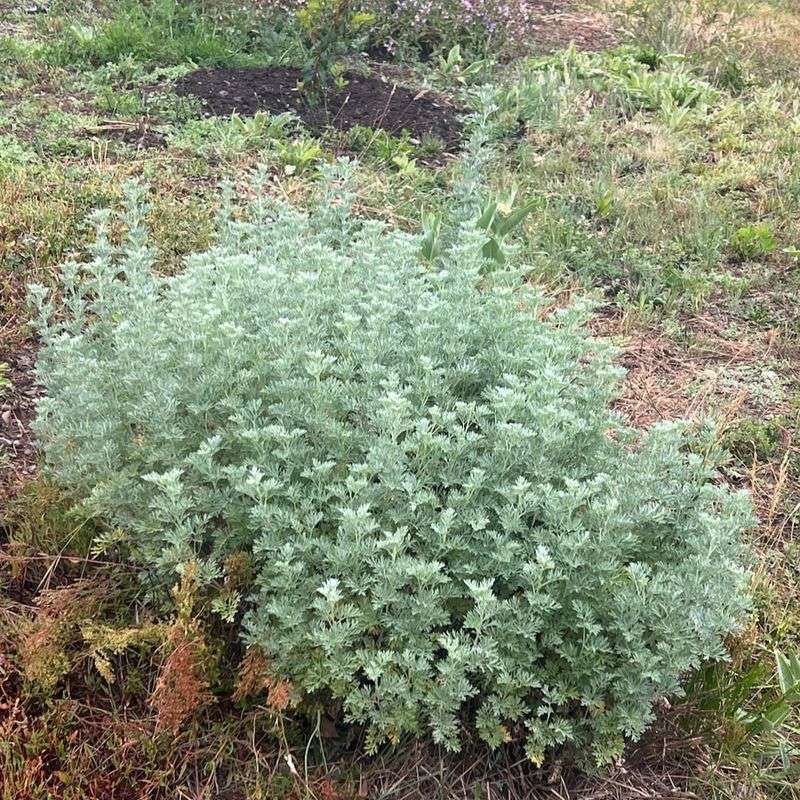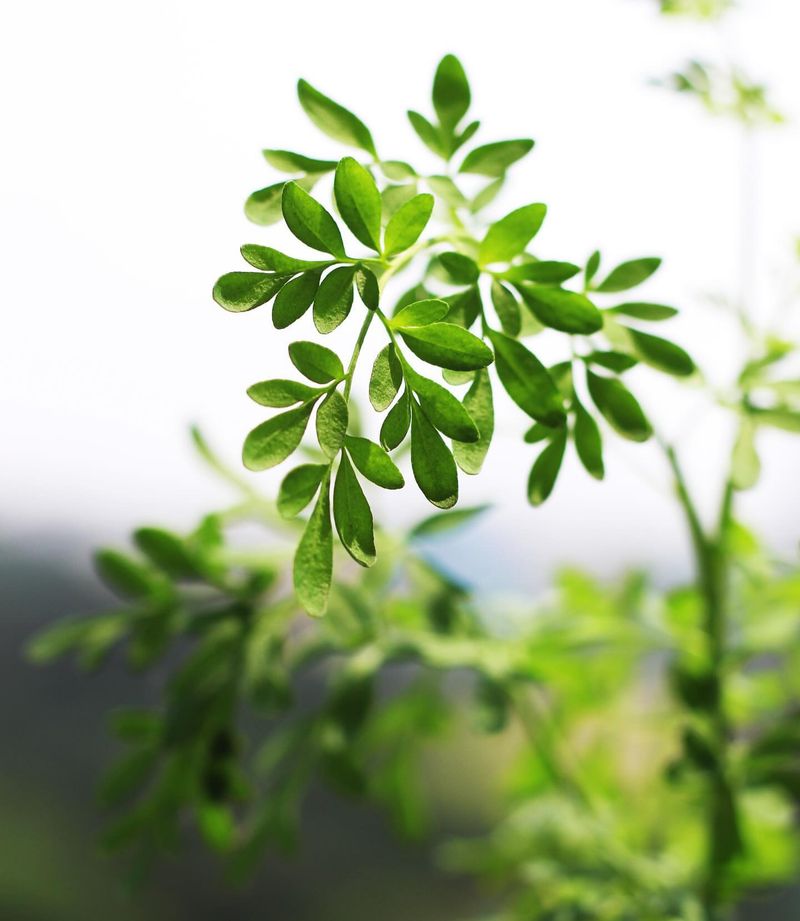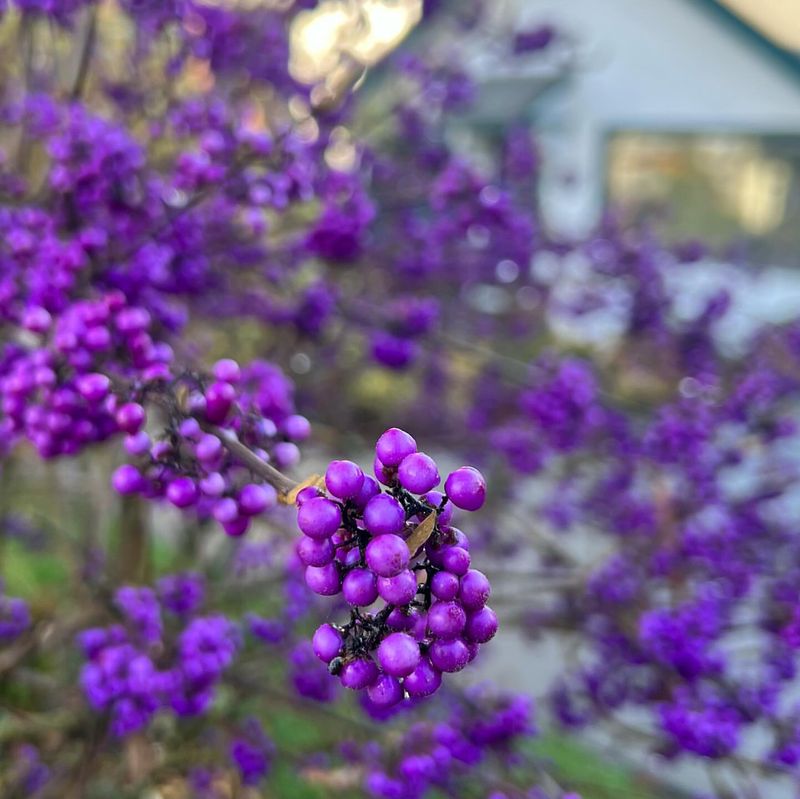Ticks can be more than just a nuisance—they’re potential carriers of serious diseases like Lyme disease. Luckily, mother nature offers beautiful solutions through plants that naturally repel these unwanted guests.
By adding these pest-deterring plants to your garden, you can create a safer outdoor space for your family while enhancing your landscape’s beauty.
1. Lavender’s Purple Protection
Lavender’s strong fragrance might smell heavenly to us, but ticks absolutely hate it! The essential oils in lavender act as a natural repellent against these tiny pests.
Plant lavender along walkways or borders where people frequently pass. Not only will it help keep ticks away, but you’ll also enjoy beautiful purple blooms and a calming scent that can help reduce stress.
2. Rosemary: Culinary Hero Against Ticks
Beyond seasoning your favorite dishes, rosemary serves as a powerful tick deterrent. Its woody scent comes from oils that confuse and repel ticks searching for hosts.
Growing best in sunny spots with well-drained soil, rosemary thrives in containers or garden beds. Place it near outdoor seating areas or along garden paths for maximum benefit—you’ll enjoy both protection and easy access for cooking.
3. Marigolds: Bright Blooms That Bugs Hate
The cheerful orange and yellow flowers of marigolds hide a secret superpower—they produce a compound called thiophene that drives ticks away. Their strong scent masks the carbon dioxide we exhale, which is what attracts ticks in the first place.
Perfect for borders or scattered throughout vegetable gardens, marigolds pull double duty by also deterring many other garden pests. Plant them in full sun for the brightest blooms and strongest tick-fighting power.
4. Chrysanthemums: Nature’s Pest Control
Chrysanthemums contain pyrethrum, a compound so effective at repelling insects that it’s used in many commercial pesticides. The beautiful daisy-like flowers come in countless colors and varieties.
For maximum tick protection, plant mums around the perimeter of your yard or near entry points to your home. They thrive in sunny locations with rich, well-drained soil and make excellent companions for other tick-repelling plants like mint and lavender.
5. Garlic: Vampire-Proof Your Yard Against Ticks
Famous for keeping vampires at bay, garlic works similar magic against ticks. When planted throughout your garden, it releases sulfur compounds that ticks find absolutely repulsive.
Plant garlic bulbs in fall for spring harvesting, spacing them about 6 inches apart. The tall, slender plants with their subtle white flowers make attractive additions to flower beds or vegetable gardens while working hard to keep your outdoor spaces tick-free.
6. Mint: Cool Freshness Ticks Can’t Stand
The refreshing scent of mint that we associate with cleanliness and freshness actually serves as a powerful tick deterrent. Various mint varieties like peppermint and spearmint all contain menthol, which ticks absolutely detest.
Keep mint contained in pots or with barriers, as it spreads aggressively. Place containers near patios, play areas, or garden entrances for maximum protection. As a bonus, you’ll always have fresh mint on hand for summer drinks and recipes!
7. Sage: Ancient Protector Against Modern Pests
Sage has been valued for centuries for its medicinal properties, but garden enthusiasts appreciate it for another reason—ticks hate it! The strong aroma comes from essential oils that effectively mask human scents from searching ticks.
With beautiful gray-green leaves and purple flowers, sage makes an attractive addition to herb gardens or ornamental beds. Plant it in sunny, well-drained spots around your yard’s perimeter or near outdoor gathering spaces to create tick-free zones.
8. Lemon Balm: Citrusy Shield Against Ticks
Part of the mint family, lemon balm emits a bright citrus scent that humans find delightful but sends ticks running in the opposite direction. The lemony fragrance comes from citronellal, the same compound found in citronella.
Lemon balm grows easily in partial shade to full sun. Like its mint cousins, it can spread quickly, so consider growing it in containers. Place them strategically near outdoor seating areas or children’s play spaces for maximum tick protection.
9. Catnip: Not Just For Feline Friends
While cats go crazy for catnip, ticks absolutely avoid it. Research shows catnip contains nepetalactone, which repels ticks even more effectively than DEET, the chemical used in many commercial insect repellents.
Easy to grow in sunny spots, catnip produces pretty white or lavender flowers above soft green foliage. Keep in mind that neighborhood cats may visit frequently! Plant it around the yard’s perimeter or in areas where people gather outdoors.
10. Thyme: Tiny Leaves With Mighty Repelling Power
Don’t let thyme’s delicate appearance fool you—this herb packs a powerful punch against ticks. The essential oils in thyme, particularly thymol, create an environment ticks actively avoid.
Low-growing thyme varieties make excellent ground covers between stepping stones or along pathways. They release more scent when stepped on, creating an aromatic barrier. Creeping thyme even produces pretty pink or purple flowers that attract beneficial pollinators while deterring unwanted pests.
11. Geraniums: Colorful Tick Defenders
Geraniums bring both beauty and protection to your garden with their vibrant blooms and tick-repelling properties. Scented varieties like citronella geranium (also called mosquito plant) are particularly effective at keeping ticks away.
These versatile plants thrive in containers, hanging baskets, or garden beds with full sun. Place them near entrances, patios, or anywhere people gather outdoors. Their bright flowers add splashes of color while their fragrant foliage creates a natural barrier against ticks.
12. Pennyroyal: Powerful But Use With Caution
Pennyroyal contains pulegone, a compound so potent against ticks that just brushing against the plant releases enough oil to repel them. The low-growing plant produces small lavender flowers that add subtle beauty to the garden.
Important safety note: Pennyroyal can be toxic if ingested, so keep it away from areas where children or pets might eat it. It works well as a border plant or ground cover in areas with light foot traffic but limited access.
13. Lemongrass: Tropical Tick Barrier
Lemongrass contains citronella, a natural oil famous for repelling insects including ticks. The tall, architectural grass adds visual interest with its fountain-like growth habit and pleasant citrus scent.
In cooler climates, grow lemongrass in large containers that can be moved indoors for winter. In warm areas, plant it directly in the ground as a dramatic backdrop in garden beds. Place it near patios or outdoor dining areas for both beauty and tick protection.
14. Basil: Kitchen Favorite, Tick Enemy
The same basil that makes your pasta sauce delicious also helps keep ticks away from your yard. Its strong aroma contains compounds that mask the scents ticks use to find hosts.
Grow basil in pots near seating areas or entrances for easy harvesting and maximum tick protection. Sweet basil varieties with their bright green leaves make attractive additions to container gardens, while purple basil varieties add unexpected color to landscape plantings.
15. Wormwood: Silver Foliage With Serious Protection
Wormwood’s silvery foliage makes a stunning contrast in garden beds while its bitter compounds create a powerful tick deterrent. The plant contains thujone, which repels not just ticks but many other insect pests.
Plant wormwood in well-drained soil with full sun. Its drought tolerance makes it perfect for xeriscaping or low-maintenance gardens. The feathery silver-gray foliage grows into an attractive mound that provides year-round interest even when not actively repelling ticks.
16. Rue: Ancient Herb With Modern Benefits
Used medicinally since ancient times, rue also serves as an excellent tick repellent. The blue-green foliage contains rutin and other compounds that ticks find offensive.
Rue grows best in full sun with well-drained soil. Its interesting foliage and small yellow flowers make it an attractive addition to herb gardens or ornamental beds. Important note: Some people experience skin irritation when touching rue, so consider planting it in less-trafficked areas.
17. Eucalyptus: Koala’s Favorite, Tick’s Nightmare
The distinctive menthol scent of eucalyptus leaves doesn’t just clear sinuses—it effectively drives away ticks too! The powerful essential oils mask human scents and create an environment ticks avoid.
In warm climates, eucalyptus grows into trees, but in cooler areas, they can be grown as annuals or in large containers. The silvery-blue foliage adds unique color and texture to gardens while working hard to keep ticks at bay.
18. Beautyberry: Purple Berries With Tick-Fighting Power
American beautyberry combines ornamental value with serious tick protection. Research shows its leaves contain compounds that repel ticks, mosquitoes, and other biting insects.
The shrub produces clusters of stunning purple berries in fall that attract birds while the foliage works year-round to deter ticks. Plant beautyberry in partial shade to full sun as part of mixed borders or woodland garden edges for a beautiful barrier against ticks.

